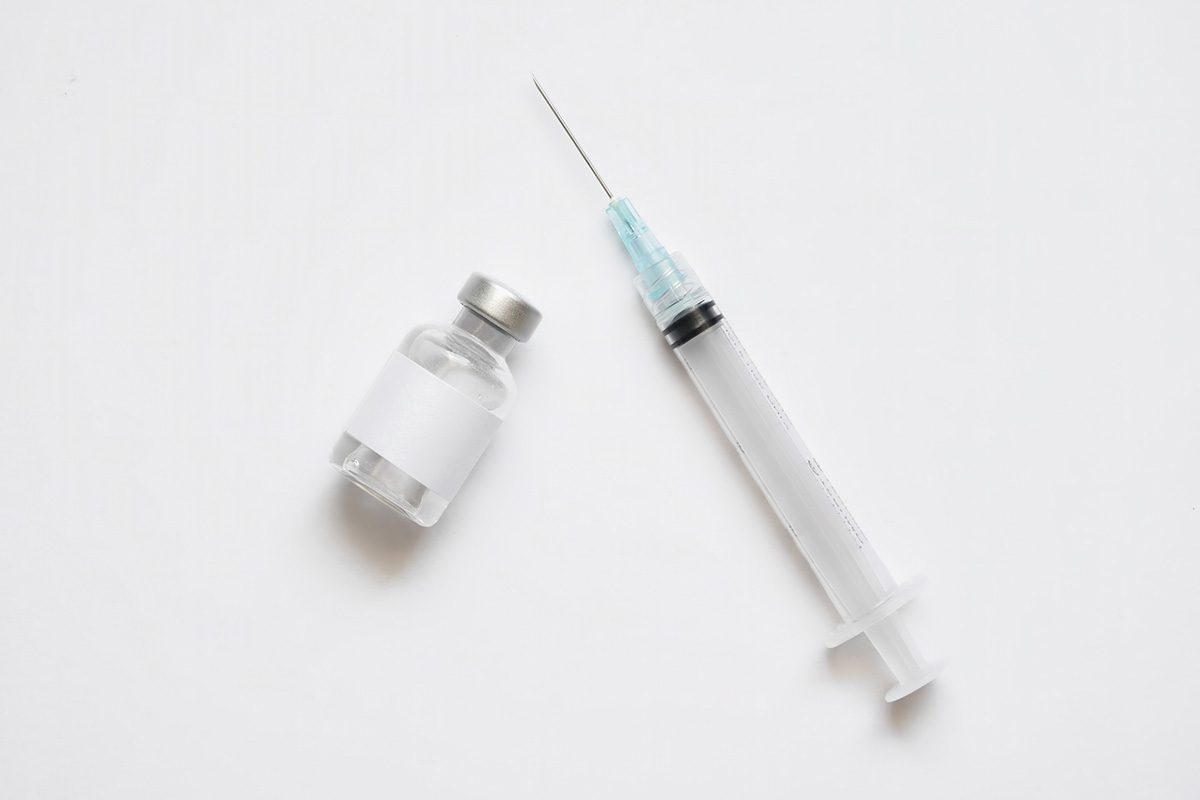Objective: Autoimmune encephalitis (AE) is a highly treatable neurologic condition that can cause psychosis. Screening for AE is not currently recommended in routine workup for first-episode psychosis (FEP), owing partly to the high cost of testing for AE-associated neuronal autoantibodies.
Methods: This study used a decision-analytic model to estimate the cost-effectiveness of routine serum screening for AE compared with clinically targeted screening in patients with FEP. Model parameters drawn from prior published literature included the prevalence of neuronal autoantibodies in FEP (4.5%), serum autoantibody panel cost (US $291), remission probability with antipsychotics (0.58), and remission probability with immunotherapy for patients diagnosed with AE (0.85). Outcomes included quality-adjusted life-years (QALYs), costs, and incremental cost-effectiveness ratios (ICERs), assessed over a 5-year horizon from the US health care sector and societal perspectives. ICER thresholds of $50,000/QALY to $150,000/QALY were used to define cost-effectiveness. The analysis was conducted between June 2018 and January 2020.
Results: Routine screening led to mean QALY gains of 0.008 among all patients and 0.174 among the subgroup of patients with neuronal autoantibodies. Mean costs increased by $780 from a societal perspective and $1,150 from a health care sector perspective, resulting in ICERs of $99,330/QALY and $147,460/QALY, respectively. Incorporating joint input data uncertainty, the likelihood routine screening has an ICER ≤ $150,000/QALY was 55% from a societal perspective and 37% from a health care sector perspective. The model parameter with the greatest contribution to overall uncertainty was the effectiveness of immunotherapy relative to antipsychotics.
Conclusions: Routine screening for AE in patients with FEP may be cost-effective in the United States. As further immunotherapy effectiveness data become available, a more definitive recommendation to perform routine screening could be warranted.
Continue Reading...
Members enjoy unlimited free PDF downloads as part of their subscription! Subscribe today for instant access to this article and our entire library in your preferred format. Alternatively, you can purchase the PDF of this article individually.
Please sign in or purchase this PDF for $40.00.
Already a member? Login




